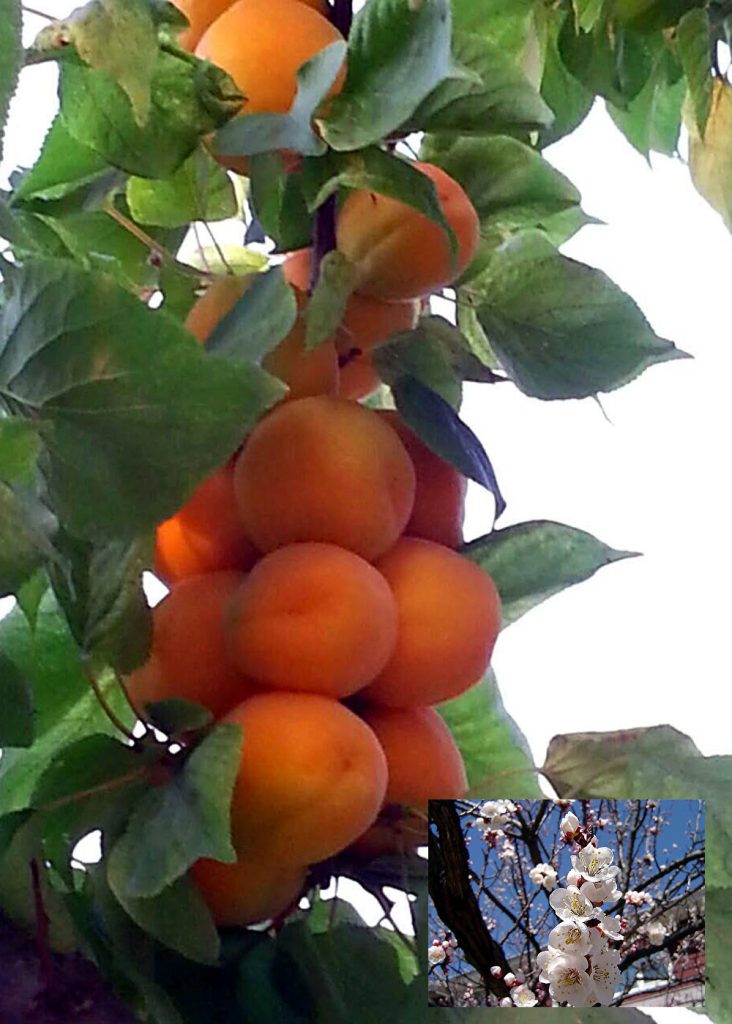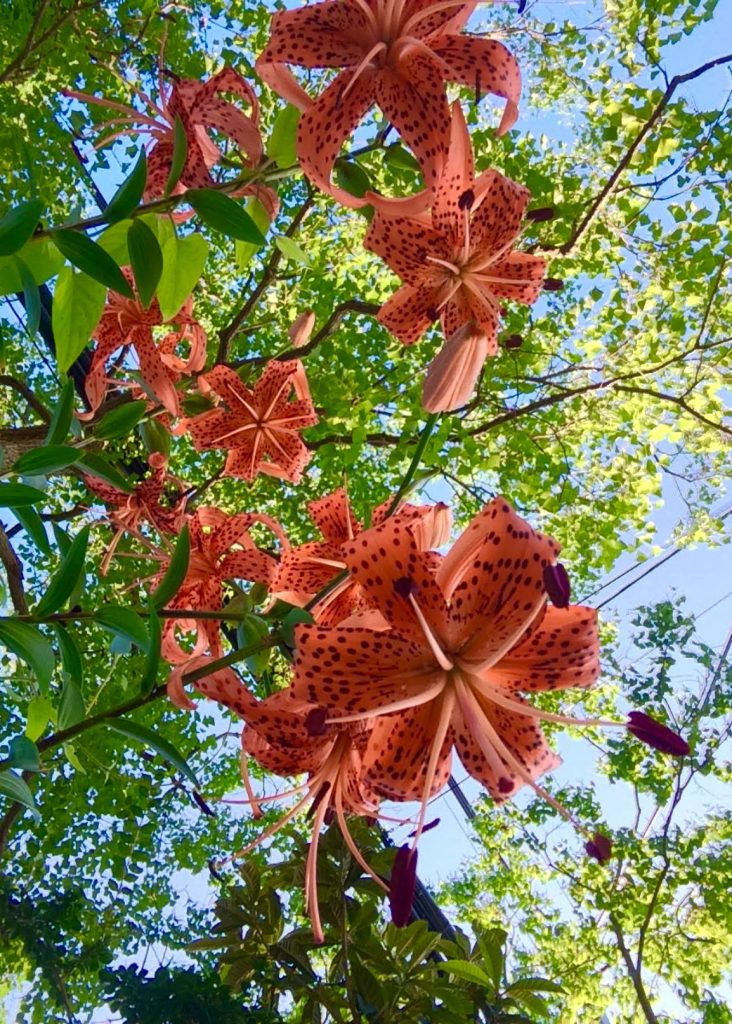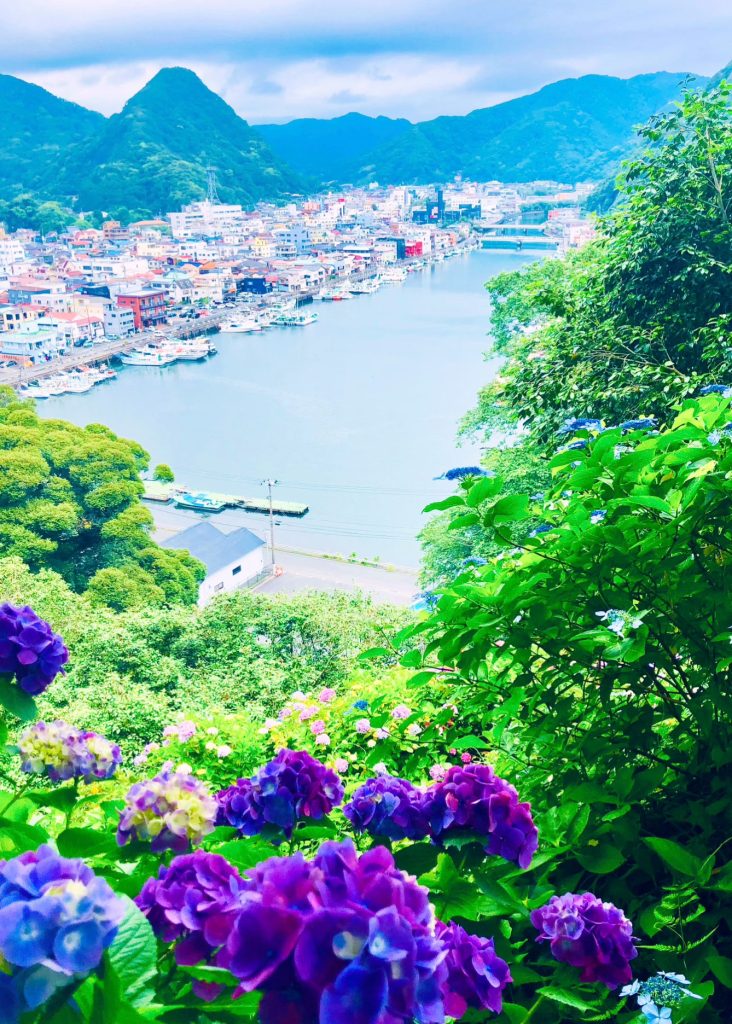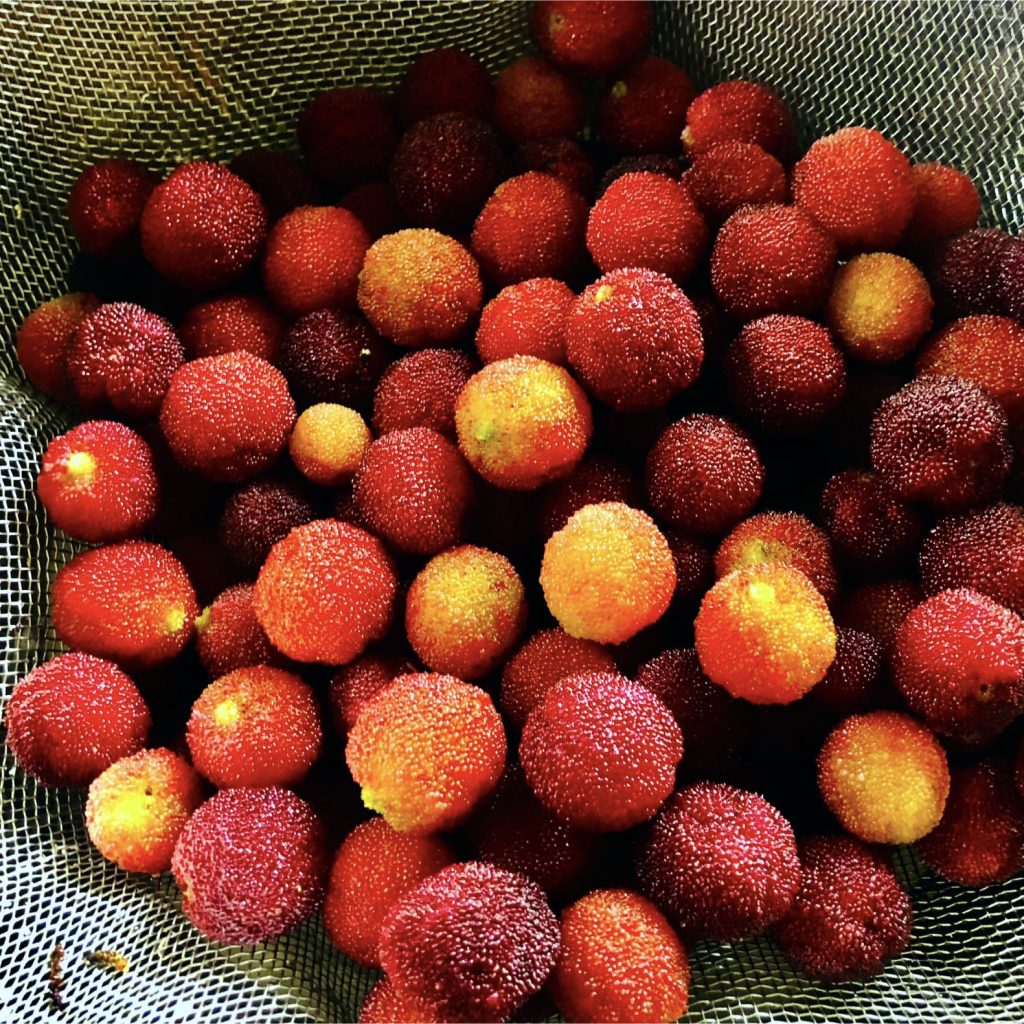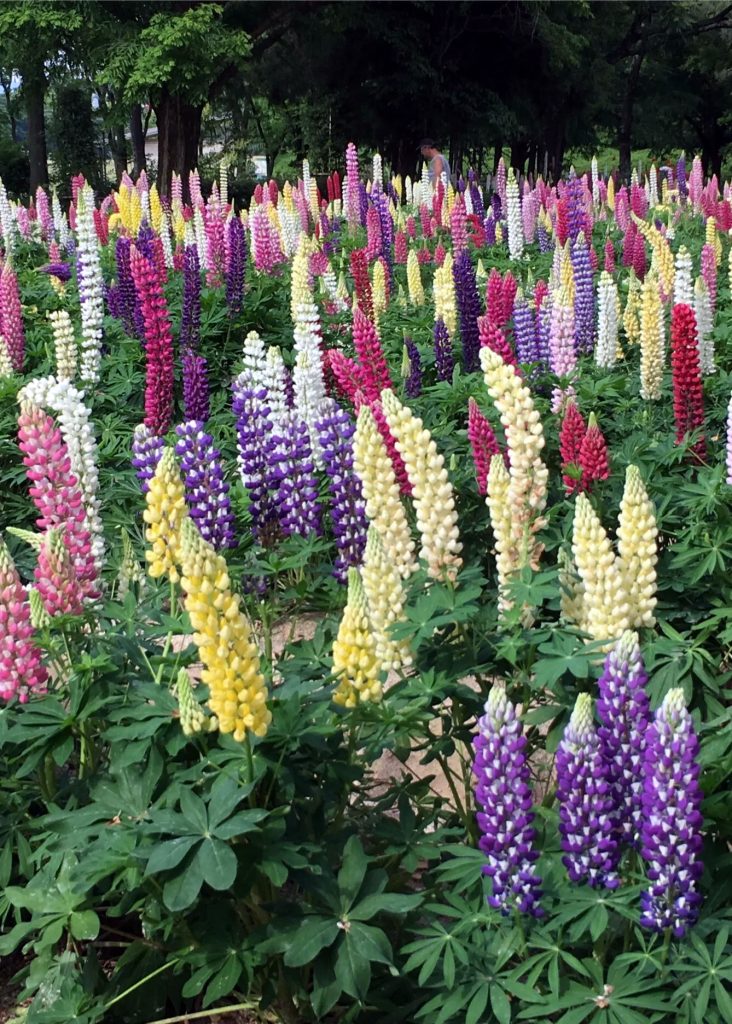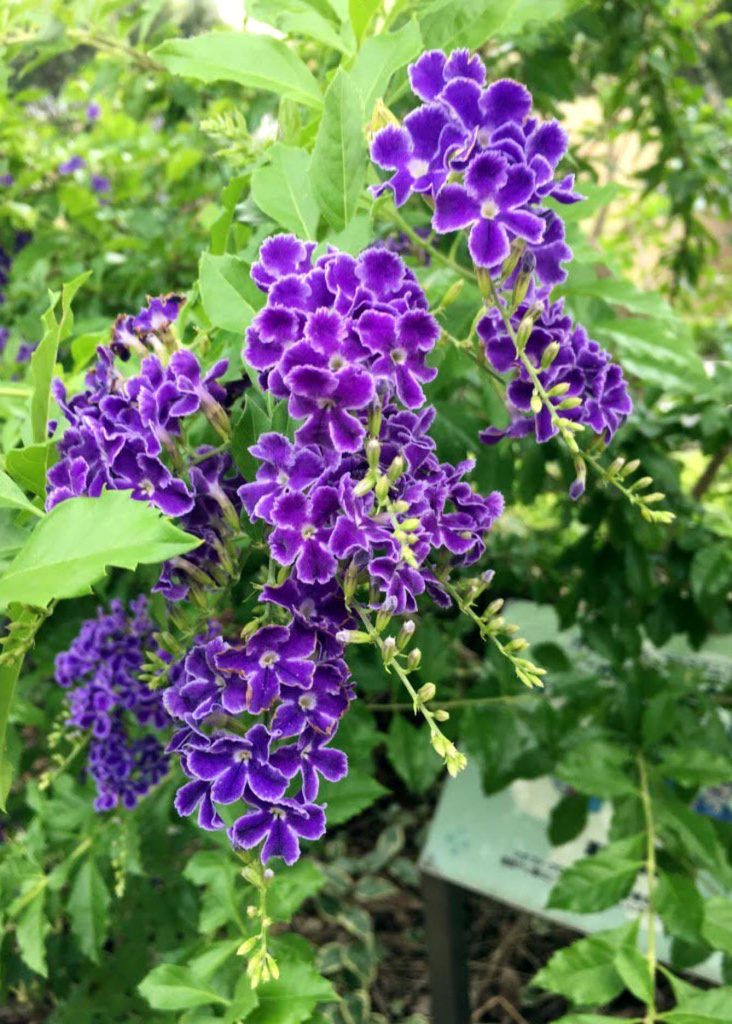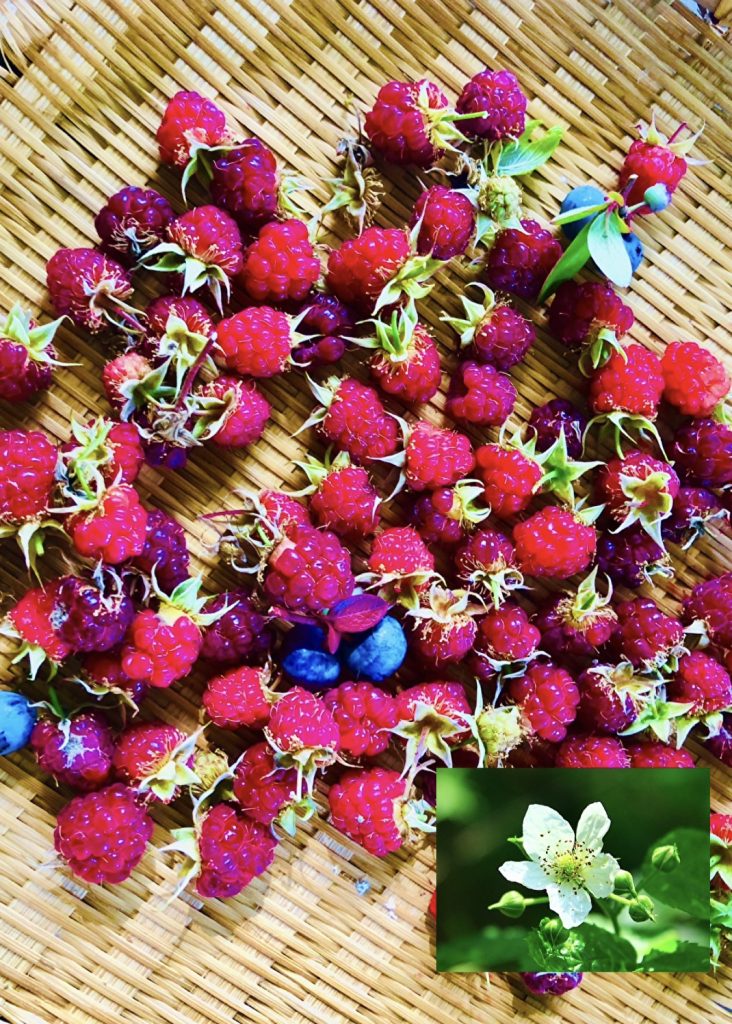
At this time of year, when you go to the park, the spring roses that have not been pruned are still blooming with vigor. As you pass by them, you enter a hydrangea garden. Indeed, hydrangeas are the stars of this season. Roses have also undergone selective breeding, with varieties that bloom for a season, throughout the year, and even bi-seasonal roses, making them visible almost year-round except in winter. On the other hand, hydrangeas stubbornly adhere to blooming only during this rainy season. For those who come to see them, it’s a state of mind where they can enjoy both hydrangeas and roses, a true “let the flowers enchant you, lalala” feeling. “Let the flowers enchant you, lalala” – This is the opening line of “Hanauri Musume” by Misora Hibari, which became a number one hit on the charts in 1951 (Showa 26). It’s worth noting that television broadcasting started in 1953. Along with “Hanauri Musume,” I recall passionately cheering for Rikidozan on the street-side television.
この時期、公園に行くと、剪定を終えていない春バラがまだ勢いを留め咲いています。そこを通り過ぎると紫陽花園です。やはりこの時期の主人公は紫陽花です。バラも品種改良が進み、一季咲やら四季咲きやら、さらに二季咲のバラもあり、冬を除いてほとんど年中見られます。その点紫陽花は頑なに梅雨のこの季節にだけ咲くことを守っています。見る方にとっては、紫陽花も見られるし、バラも見られると言うことで、まさに「花を召しませらんららん」の心境です。「花を召しませらんららん」ーこの一節で始まる美空ひばりの『花売り娘』をご存知の方も少なくなりました。1951年(昭和26年)のヒットチャートNo.1になった曲です。テレビの本放送が始まったのが1953年ですからね。『花売り娘』と同時に、街頭テレビで力道山を必死で応援したことを思い出します。

